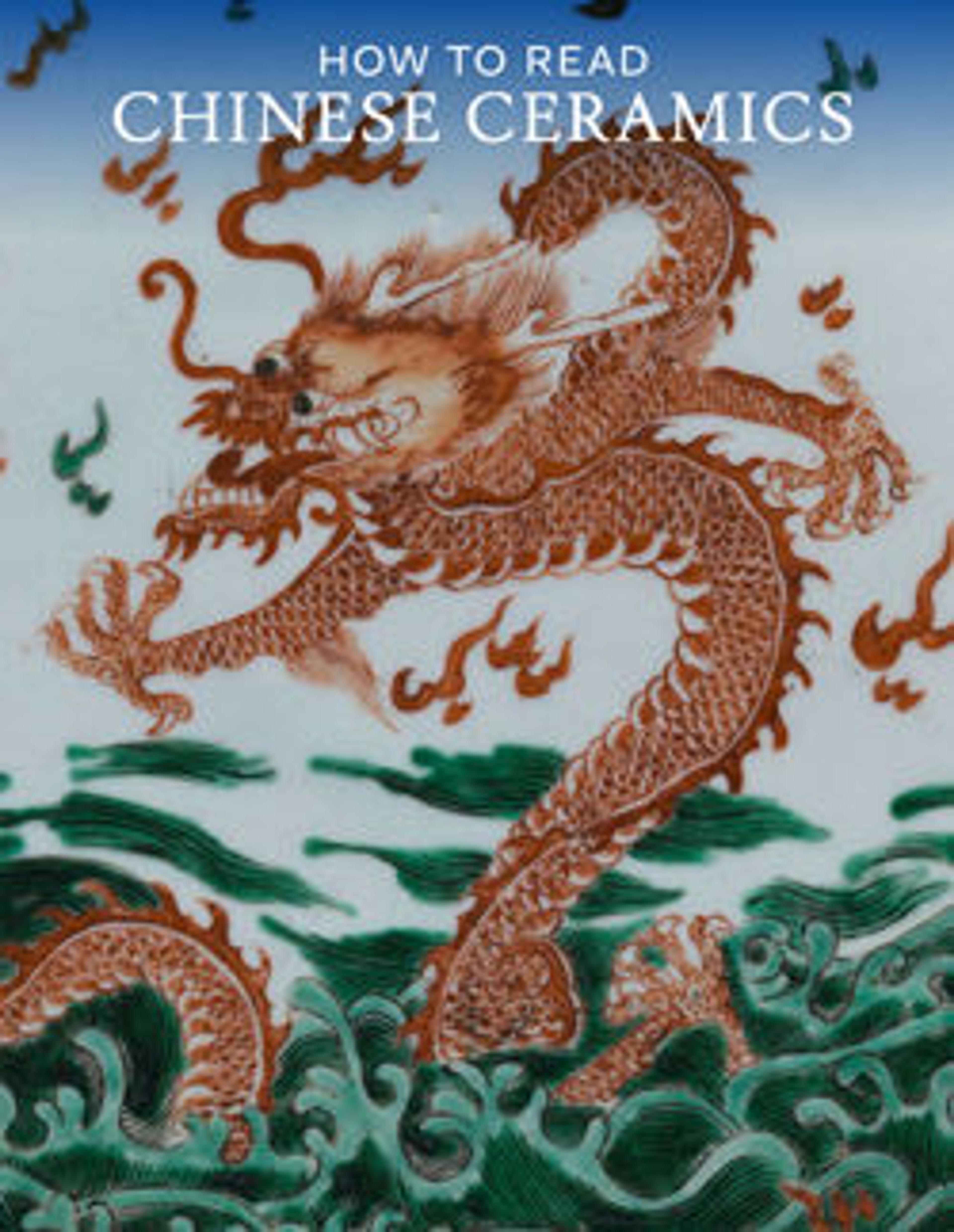Incense burner (koro)
The gift of the Hans Syz Collection endows the Museum with nearly three hundred examples of European and Asian ceramics meticulously acquired by Dr. Syz to chart the migration of models and patterns from East to West. Documenting a continuous process of influence and adaptation, these pieces provide a discriminating review of the nuances of stylistic change resulting from three centuries of trade.
Among the most telling comparisons is that of a Japanese incense burner (koro) and its Viennese counterpart. The Japanese model, finely enameled in a palette of light coral, green, and blue in the kakiemon style of late-seventeenth-century Japanese porcelain, is known to have been exported to Europe, as Augustus the Strong, elector of Saxony, acquired an example in 1723. While no records are known to survive from Du Paquier's factory, it is likely that the koro reached Vienna, as it had Dresden, through the intermediacy of a merchant. In Vienna Du Paquier boldly converted the Japanese form to a European one with new proportions, Baroque mask feet, European pastoral scenes.
Among the most telling comparisons is that of a Japanese incense burner (koro) and its Viennese counterpart. The Japanese model, finely enameled in a palette of light coral, green, and blue in the kakiemon style of late-seventeenth-century Japanese porcelain, is known to have been exported to Europe, as Augustus the Strong, elector of Saxony, acquired an example in 1723. While no records are known to survive from Du Paquier's factory, it is likely that the koro reached Vienna, as it had Dresden, through the intermediacy of a merchant. In Vienna Du Paquier boldly converted the Japanese form to a European one with new proportions, Baroque mask feet, European pastoral scenes.
Artwork Details
- Title: Incense burner (koro)
- Date: late 17th century
- Culture: Japanese, for European market
- Medium: Hard-paste porcelain painted with cobalt blue under and colored enamels over transparent glaze (Hizen ware; Kakiemon type)
- Dimensions: Height: 4 1/8 in. (10.5 cm)
- Classification: Ceramics-Porcelain-Export
- Credit Line: The Hans Syz Collection, Gift of Stephan B. Syz and John D. Syz, 1995
- Object Number: 1995.268.114a, b
- Curatorial Department: European Sculpture and Decorative Arts
More Artwork
Research Resources
The Met provides unparalleled resources for research and welcomes an international community of students and scholars. The Met's Open Access API is where creators and researchers can connect to the The Met collection. Open Access data and public domain images are available for unrestricted commercial and noncommercial use without permission or fee.
To request images under copyright and other restrictions, please use this Image Request form.
Feedback
We continue to research and examine historical and cultural context for objects in The Met collection. If you have comments or questions about this object record, please complete and submit this form. The Museum looks forward to receiving your comments.
